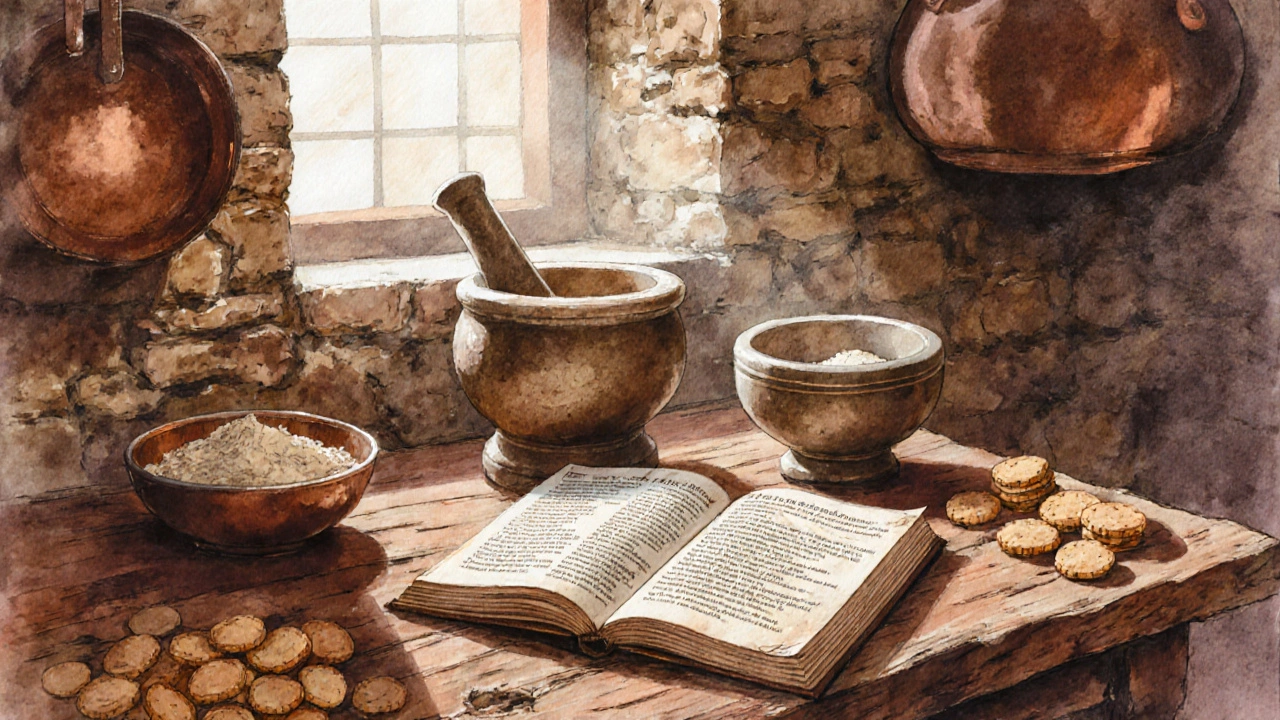Why the Macaron Got Its Name: A Sweet Journey Through History
Explore the fascinating history behind the macaron name, from its Italian linguistic roots to royal French courts, and learn why the term endures today.
When you hear origin of macaron, the story behind the iconic French sandwich cookie. Also known as macaron origins, it traces back to medieval monasteries where nuns first mixed almond paste with egg whites. This early version was a simple, crisp biscuit, far from the colorful, chewy treats we love today.
The macaron, a meringue‑based confection made of two delicate shells and a sweet filling didn’t become a French staple until the 19th century. Origin of macaron is tightly linked to French pastry, the broader tradition of refined baked goods in France, which provided the techniques for perfect egg‑white foams and precise baking temperatures. Almond flour, finely ground almonds that give the macaron its nutty flavor and soft bite is the essential base, replacing wheat flour and shaping the cookie’s signature texture. These entities connect in clear ways: the origin of macaron encompasses French pastry mastery; French pastry requires almond flour for its nut‑based creations; and almond flour influences the macaron’s chewiness. The convent bakers who first crafted the biscuit laid the groundwork, and later Parisian pâtisseries refined the recipe, adding colorful shells and inventive fillings.
Below you’ll find a curated collection of articles that dive deeper into the world that birthed the macaron. From freezing desserts and birthday cake trends to the science of cheesecake and the quirky math of stacking macarons in a 10‑story tower, the posts showcase how this modest biscuit fits into a wider dessert landscape. Whether you’re hunting for historical nuggets, ingredient hacks, or fun dessert facts, the lineup offers practical insights and tasty inspiration that build on the rich heritage of the macaron’s origin. Ready to explore the mix of history and modern twists? Let’s jump into the reads that follow.

Explore the fascinating history behind the macaron name, from its Italian linguistic roots to royal French courts, and learn why the term endures today.